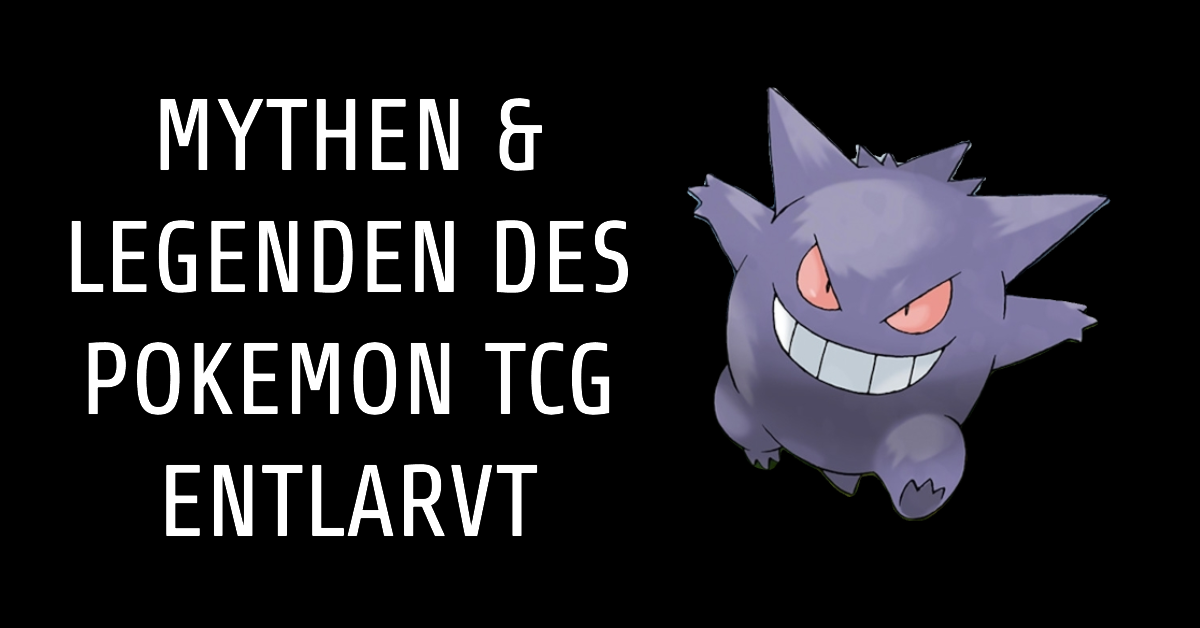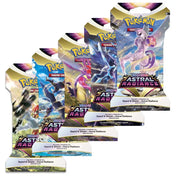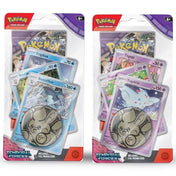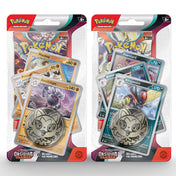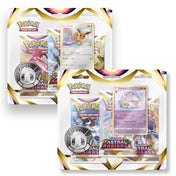The Pokemon Trading Card Game (TCG) has undergone impressive development since its launch in the late 90s. As the game's popularity grew, so did numerous myths and legends. But what is truth and what is fiction? Dive into the fascinating world of Pokemon cards with us and let's uncover some of the most famous myths together.
1. Myth: First Edition cards are always valuable.
While many collectors are willing to pay a high price for a First Edition card, the actual value of a card depends on various factors, such as condition, rarity and demand. A damaged First Edition card may be worth less than a pristine later edition card.
2. Myth: A holo card is more valuable than a normal card.
Although holo cards often have a higher collector's value, this is not always the case. Some non-holo cards can even be more valuable than their shiny counterparts due to their playability or rarity.
3. Myth: The most valuable card is the Pikachu Illustrator card.
Although the Pikachu Illustrator card is one of the most valuable Pokemon cards out there, there are other rare cards that fetch high prices at auction. The value of a card may change depending on market conditions.
4. Myth: The age of a card determines its value.
It's not necessarily the case that older cards are always more valuable. Some newer cards, especially certain promo cards or rare full-art cards, can be highly sought after.
5. Myth: Counterfeit cards are easy to spot.
While many counterfeits have obvious flaws, the methods used to create them are becoming increasingly sophisticated. It is important to be well informed about the characteristics of real cards and to ask experts for advice if in doubt.
6. Myth: The Pokemon TCG is just a child's game.
Although often viewed as a children's game, the Pokemon TCG has deep strategy and is played by players of all ages in tournaments worldwide.
7. Myth: Each booster pack contains a rare card.
While booster packs typically contain at least one rare card, there is no guarantee of particularly rare or valuable cards in every pack.
8. Myth: PSA ratings are the gold standard for card terms.
PSA is one of the most well-known grading companies, but there are many other reputable companies that grade cards. It is important to rely on the reputation and reliability of the appraisal company, not just the name.
Conclusion:
The Pokemon TCG is a rich and diverse trading card game that holds many secrets and stories. Myths and legends are an integral part of every culture, and the Pokemon TCG is no exception. By debunking these myths, we can better appreciate the game and its history while making informed decisions about our collections. It is always important to educate yourself, ask questions and challenge myths. Because at its core, the Pokemon TCG is a game of discovery and learning.
FAQ - Frequently asked questions
Are all First Edition cards really valuable?
No not all. The value depends on various factors such as condition, rarity and demand.
How can I tell if my Pokémon card is real or fake?
There are certain features and print qualities to look for. If you are unsure, it is advisable to consult an expert or have the card checked by a recognized valuation company.
Where can I check the current value of my Pokémon card?
There are various online platforms and price guides. Auction results from sites like eBay can also serve as a reference. However, the value of a card fluctuates depending on market conditions.
Are there other assessment companies besides PSA?
Yes, there are many other reputable companies that rate cards, such as Beckett (BGS), AOG and CGC.
Can I still use my old Pokémon cards in tournaments?
That depends on the tournament format. Some formats only allow newer cards, while others allow vintage cards.

